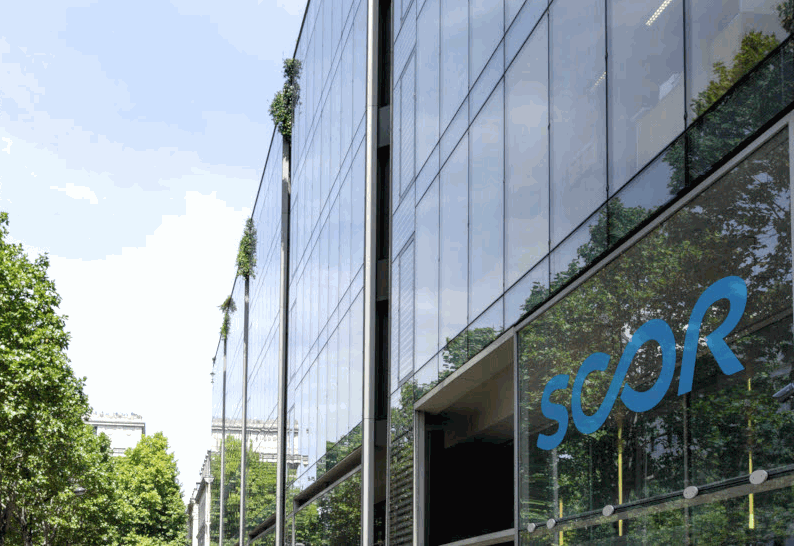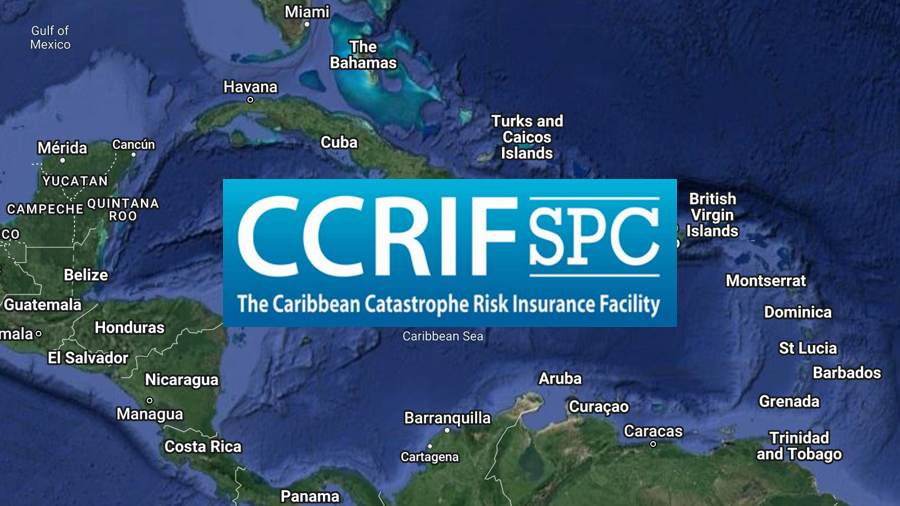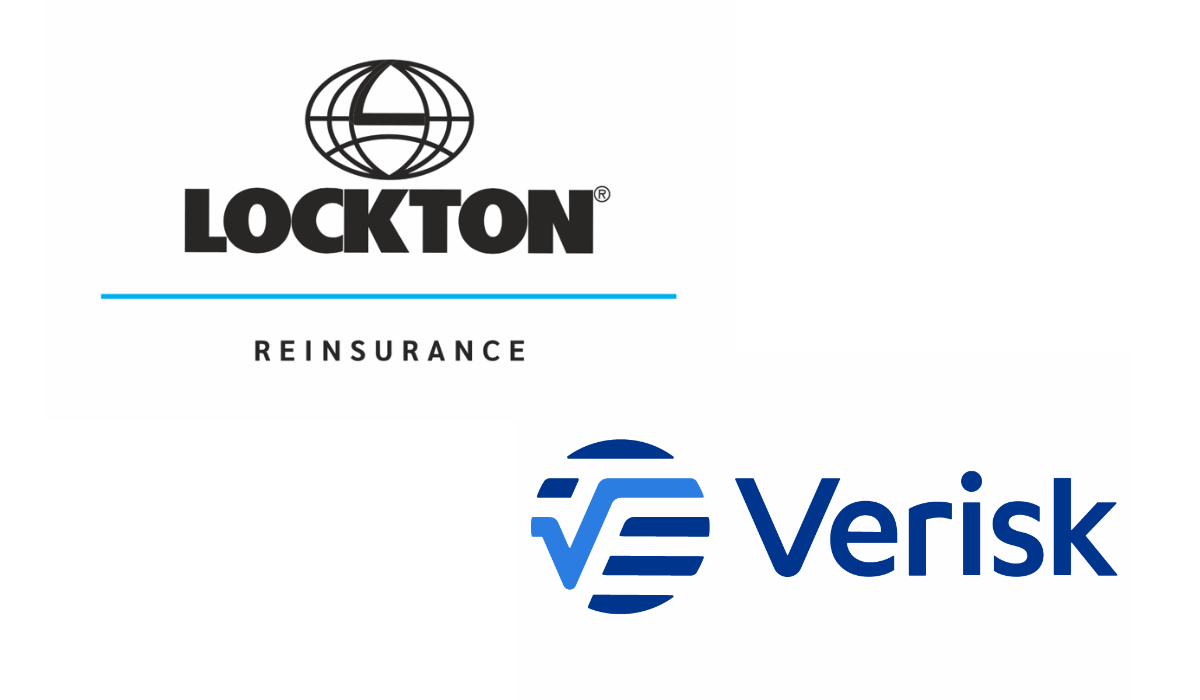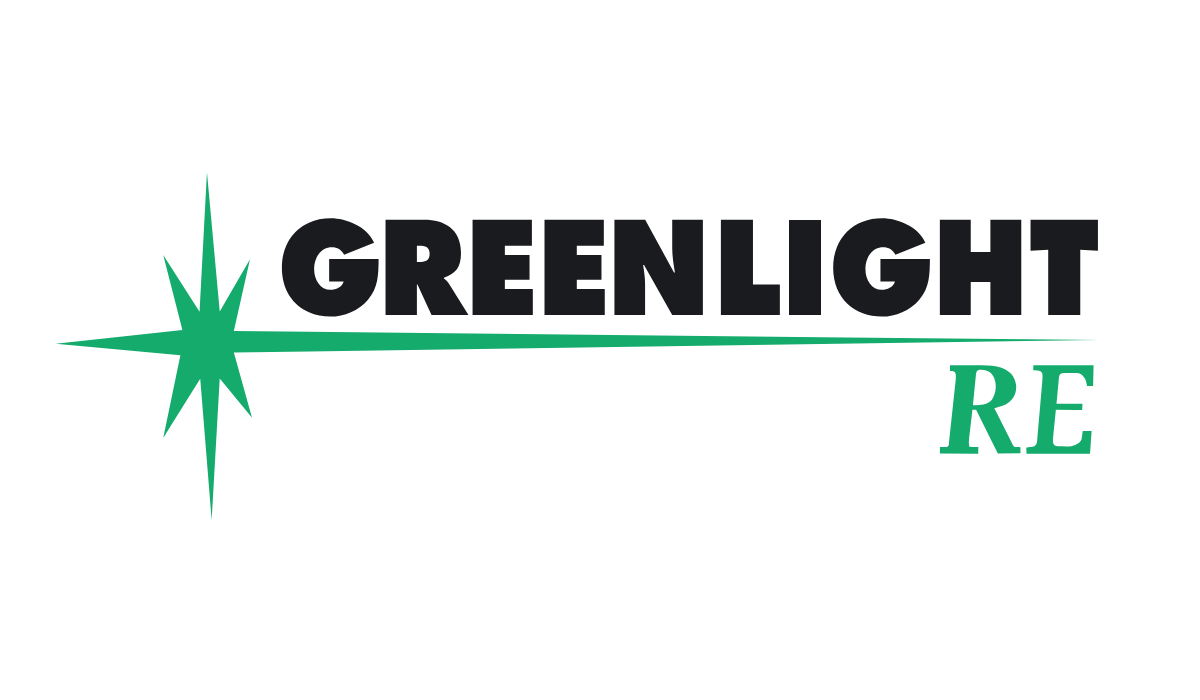Speaking this morning, the senior executive team of reinsurance company SCOR explained that a new capital markets retrocession agreement with a Tier 1 bank will provide it with three-years of stop-loss protection, across P&C and life risks.
 As we reported earlier today, in its results this morning SCOR revealed that it had purchased new retrocession in the third-quarter, at the end of the summer.
As we reported earlier today, in its results this morning SCOR revealed that it had purchased new retrocession in the third-quarter, at the end of the summer.
It transpires that this new retrocession arrangement was backed by third-party capital, through a capital markets transaction provided by what SCOR executives called a Tier 1 bank.
The retrocession provides a stop-loss cover for SCOR’s P&C and life businesses and will run for a three-year term, starting from January 2025, the senior executive team disclosed during an analyst call this morning.
François de Varenne, Deputy CEO of SCOR said during the call, “The main driver of the improvement in the solvency ratio is the implementation of an efficient third-party capital solution, providing us with 8 points of solvency relief this quarter, covering P&C and life risk and starting from January 1st, 2025.
“We are proud to have implemented such a retro structure in a short time with a cost which is very efficient.”
de Varenne further explained that, “From interaction with investors and analysts over the last few weeks and months, we know that there has been concern about our ability to maintain our solvency position within the optimal area since the announcement of the impact of the 2024 life and health assumption review earlier this year.
“We have listened and believed this structure should provide comfort in our capital position.”
Asked by analysts whether this retrocession agreement is set to become a permanent element of SCOR’s capital structure, de Varenne provided some further insights into the new capital markets backed retro arrangement.
“It’s a three year stop-loss. So we will see in three years if we need still this structure. But that’s done, and that’s implemented for three years.
“The cover will start first of January, 2025. It’s a retrocession agreement with a Tier 1 bank.
“It’s a capital market solution which provides covers for both P&C and life risk, with an attachment point around 1-in-100 years. So that’s a very high attachment point,” he explained.
de Varenne also said that it is “an efficient tool in our internal model and solvency ratio,” and is set to provide a solvency benefit of 10 points on a full-year basis.
He said, “We accounted already three quarters of the effect in Q3 of the effect of 2025, since the solvency ratio is 12 months forward-looking. So we accounted 8 points in Q3, meaning we will still take the benefit of the remaining 2 points in the Q4 solvency ratio.”
On the costs of the new retrocession agreement, de Varenne added, “it’s a low digit number in Euro, and we think it’s really efficient.”
SCOR CEO Thierry Léger said, “I just wanted to re-emphasise what Francois just said. It’s a very efficient tool for us, in terms of providing capital, so we could imagine to continue to use this as part of our toolbox of efficient capital.
On continuing to use such a retrocession structure going-forward he said, “it’s a serious option.”
Deputy CEO de Varenne also explained later in the call that the 1-in-100-year attachment point of this capital markets retrocession agreement covers all events affecting SCOR, on the P&C and life side, but has an annual attachment point that resets each year which he said is very high, “it’s a few billion.”
This new capital markets backed retrocession arrangement will help to provide investors with comfort in SCOR’s ability to maintain its solvency ratio at adequate levels even in the event of large loss events on the P&C or life side.
By leveraging the appetite of capital markets, via a Tier 1 bank with this stop-loss retro arrangement, SCOR is protecting its balance-sheet and performance over the longer-term.

















)



 English (US) ·
English (US) ·